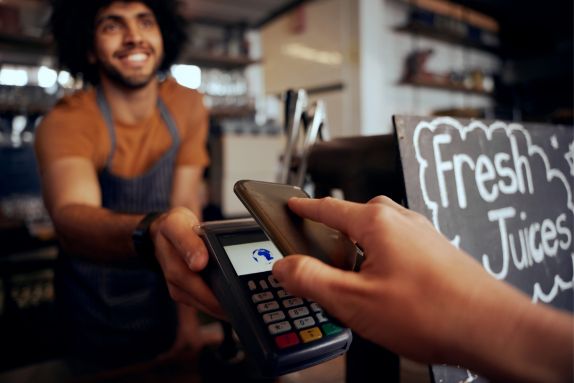Contactless payment systems have become a convenient and secure transaction method in the fast-paced digital age. With the rise of mobile wallets, near-field communication (NFC) technology, and contactless cards, customers can make purchases swiftly and efficiently. However, as with any technology, adopting these five best practices for contactless payment systems is crucial to ensure a seamless and secure experience for merchants and consumers.
Emphasize Security and Privacy
Security should be a top priority when implementing contactless payment systems. Merchants and payment service providers must invest in robust encryption and authentication measures to safeguard sensitive information. Their investments in these safety measures should reassure their consumers that their financial data receives protection during each transaction. Regularly updating security protocols and educating both staff and customers on safe practices contribute to building trust in the system.
Implement Two-Factor Authentication
Adding an extra layer of security through two-factor authentication enhances the overall safety of contactless payments. This extra layer can include biometric verification methods, such as fingerprint or facial recognition, providing an additional barrier against unauthorized access. Merchants should collaborate with payment providers to incorporate these features seamlessly into their systems.
Ensure Device Compatibility
Contactless payment systems rely on compatible devices equipped with NFC technology. Merchants must ensure their point-of-sale terminals and payment processing equipment are up-to-date and capable of supporting contactless transactions. Regularly updating software and hardware components helps prevent technical glitches and provides a seamless payment experience for customers.
Provide Clear Instructions
As contactless payments evolve, providing clear and concise instructions for merchants and customers is essential. Merchants should educate their staff on the proper procedures for accepting contactless payments, and clear signage should guide customers on using the technology. Simple instructions contribute to a positive customer experience and reduce the likelihood of errors.
Monitor and Analyze Transactions
Monitoring and analyzing contactless transactions can help identify irregularities or potential security breaches. Merchants should leverage analytics tools to track transaction patterns, detect anomalies, and swiftly address any issues that may arise. This proactive approach ensures the ongoing integrity and reliability of the contactless payment system.
Contactless payment systems offer businesses and consumers a modern and efficient way to conduct transactions. Business owners can create a seamless and secure contactless payment experience for all parties involved by prioritizing security, educating stakeholders, and staying on top of technological advancements. Embracing these contactless payment system best practices is a smart business move and contributes to the system’s ongoing evolution.
It’s time to embrace the future, revolutionize your laundry experience, and eliminate the hassle of traditional payment methods with Shinepay’s cutting-edge laundry room payment system. Implement these five best practices with ShinePay’s contactless payment app to allow your tenants and customers to complete their chores with ease!
